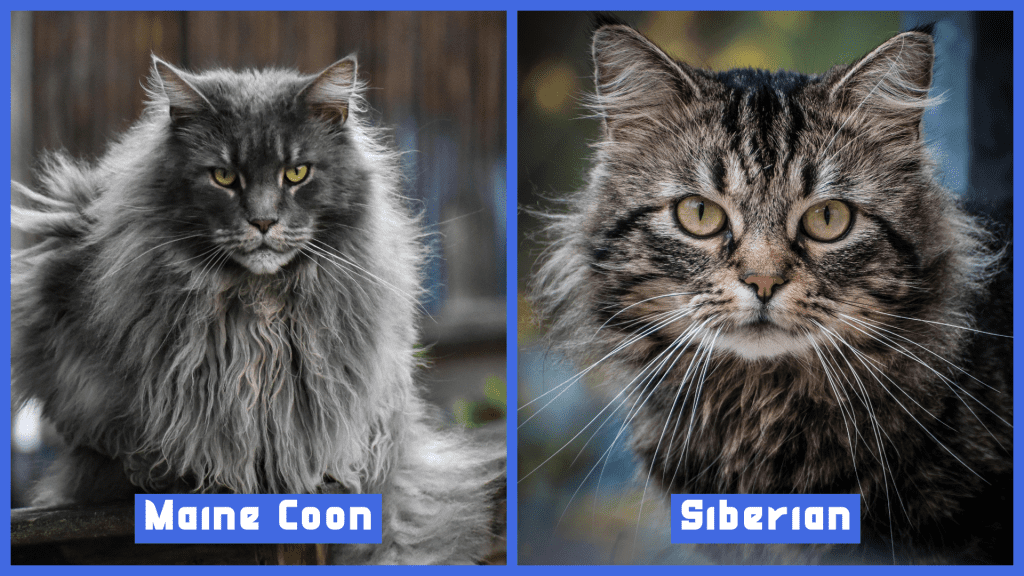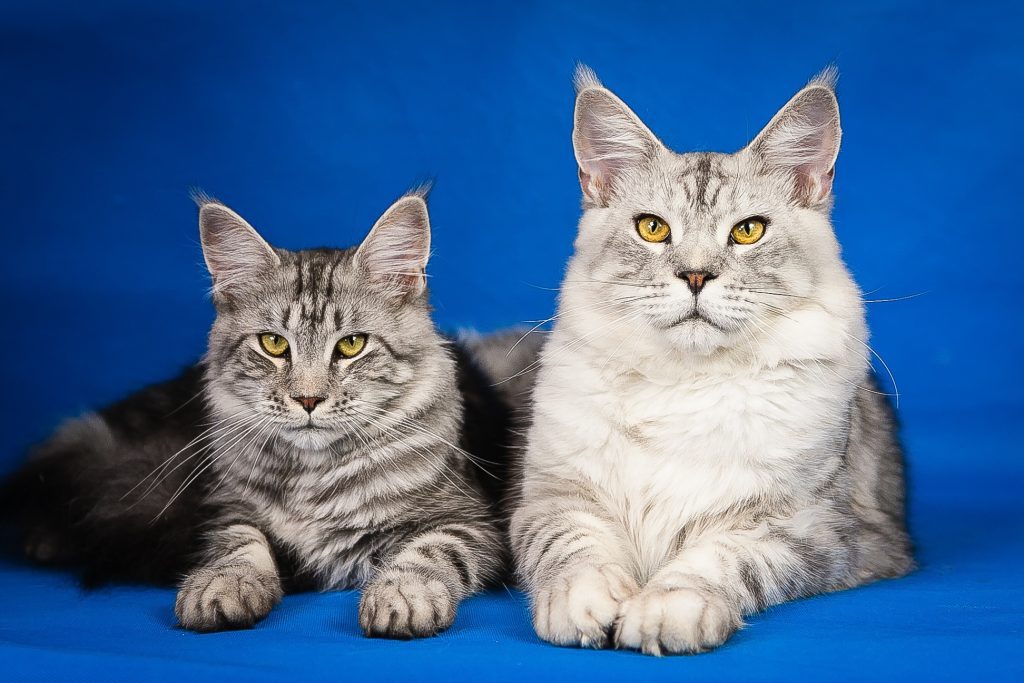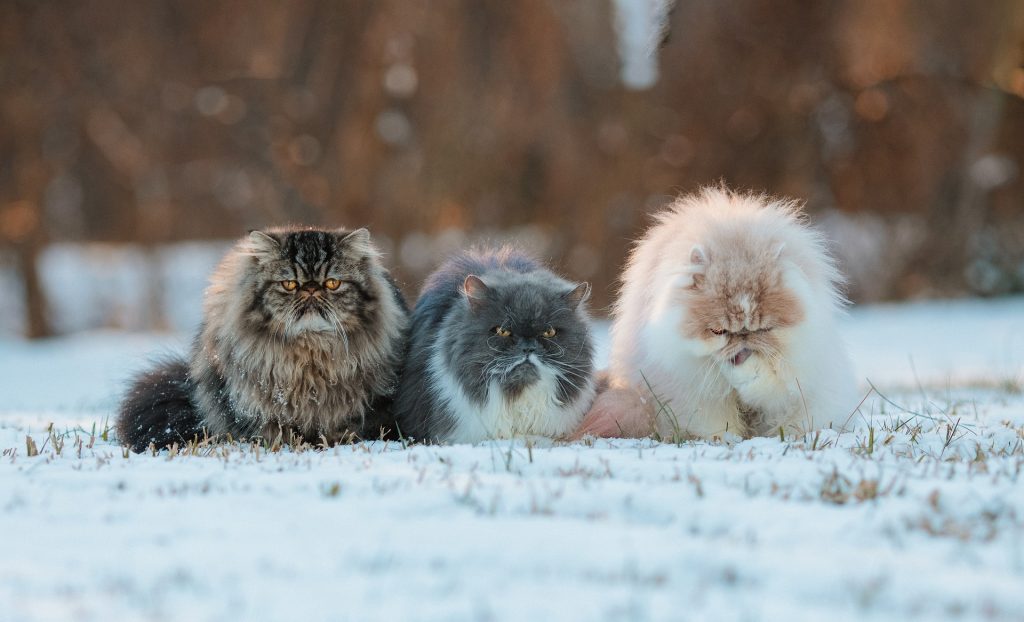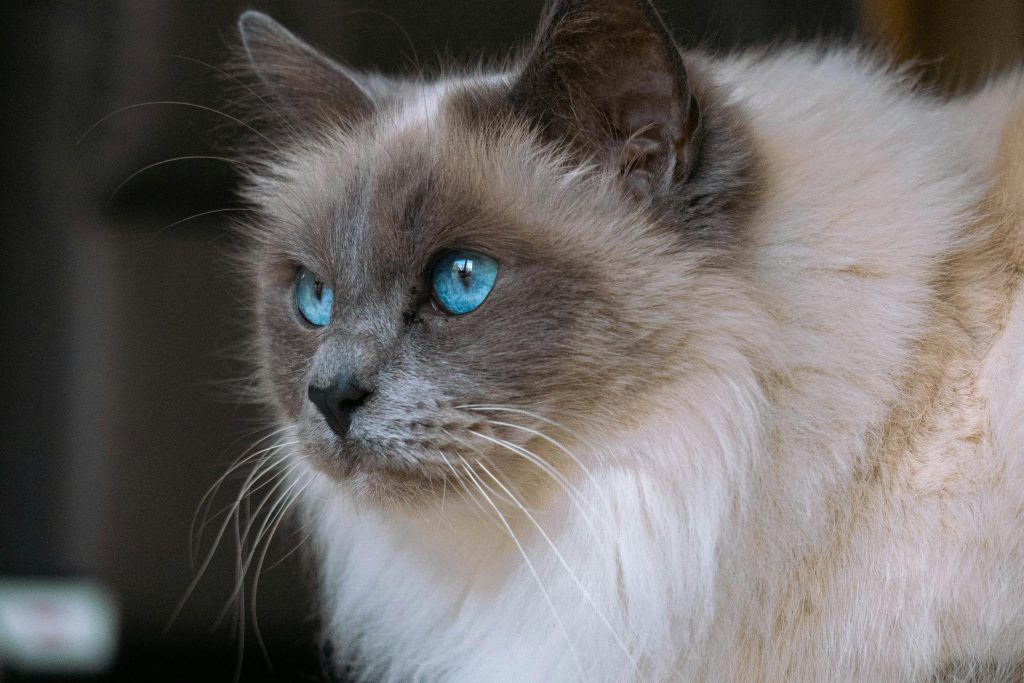“Do all Ragdoll cats have blue eyes?” It’s a common belief, but not entirely true. While many Ragdolls have striking blue eyes, others show shades of aqua, green, or gold. Traditional, show-standard Ragdolls—first bred by Ann Baker in the 1960s—are blue-eyed points.
As of May 2025, TICA recognizes these as “Ragdoll” (RD) and places Mink, Sepia, and Solid types in the Cherubim (CB) group, which can have aqua, green, or gold eyes. CFA still recognizes only the blue-eyed pointed Ragdoll.
So if your cat’s eyes aren’t blue, don’t worry—they’re still a pedigreed beauty within the breed group, and part of what makes the Ragdoll family so diverse.
Which Ragdoll types can have aqua/green/gold eyes?
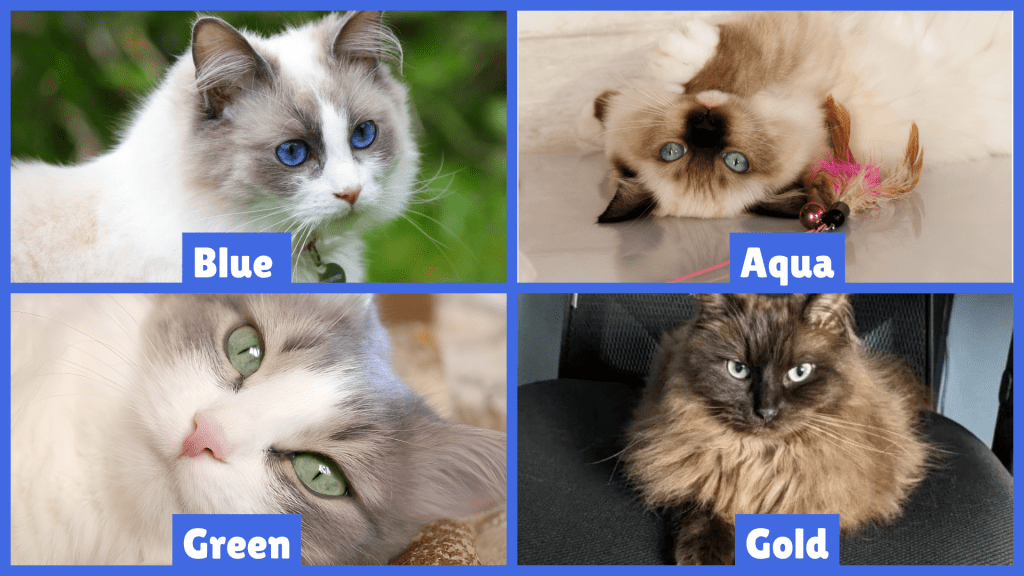
Not every cat from Ragdoll lines has blue eyes. Traditional, show-standard Ragdolls (pointed) always have blue—deeper shades are preferred in shows. Mink, Sepia, and Solid types, recognized by TICA as Cherubim, can show stunning aqua, green, hazel, or gold tones, depending on lineage.
Here’s a quick guide to eye color by type:
- Traditional Ragdoll (pointed) – Blue only
- Mink (CB) – Typically aqua
- Sepia (CB) – Gold, chartreuse, or green
- Solid/Traditional color (CB) – Bronze, copper, gold, yellow-green, or hazel
Whether blue or not, Ragdoll eyes are calm, expressive, and endlessly charming.
Recommended Post
Are All Purebred Ragdolls Blue-Eyed?
Yes—by registry standards (CFA & TICA), the Ragdoll (RD) is a blue-eyed pointed cat. Blue eyes aren’t just a breeder preference—they’re a hard requirement for the show-standard breed.
Other eye colors—like aqua, gold, or green—occur in Mink, Sepia, and Solid types, which TICA now recognizes (as of 2025) in the Cherubim (CB) group. CFA does not include these in its Ragdoll standard.
If your Ragdoll kitten has aqua or green eyes, it may be gorgeous, but it isn’t show-standard under current registry rules. Check your pedigree papers to see whether your cat is registered as RD or CB, and confirm the parents’ lineage.
Are Mink/Sepia/Solid recognized by registries?
Not all cats from Ragdoll lines follow the classic blueprint—and that’s where Mink, Sepia, and Traditional (solid) types come in. These variations differ both genetically and visually from the traditional blue-eyed, colorpoint Ragdolls most people know.
Here’s a quick breakdown:
- Mink – Typically aqua eyes, a blue-green blend.
- Sepia – Often green, gold, or hazel eyes.
- Traditional (solid) – Usually green, gold, or copper eyes.
If your breeder says “mink Ragdoll,” ask how the kitten will be registered—RD or CB.
Recommended Post
Mink Ragdoll Cat Guide – Patterns, Traits, Price & Care Tips
Sepia Ragdoll Cat Guide – Variations, Traits, Price & Photos
What genes cause blue vs. aqua vs. green?
Ragdoll eye color is shaped by genetics—specifically, variations in the C-locus allelic series that influence pigment and expression:
- cˢ/cˢ (Colorpoint) – Found in traditional Ragdolls, restricts pigment and always produces vivid blue eyes.
- cᵇ/cˢ (Mink) – Allows slightly more pigment, creating aqua eyes.
- cᵇ/cᵇ (Sepia) – Adds even more pigment, leading to green, gold, or hazel eyes.
- C/_ (Full color/solid) – Produces bronze, copper, or yellow-green eyes.
Breeders often test for the C-locus, though eye tone can still shift with age and lighting. The combination of these alleles is why some Ragdolls shine in blue, while others glow in aqua, green, or gold.
How to tell if your cat is a purebred Ragdoll?
Think your cat is a Ragdoll just because of its blue eyes or silky coat? Think again—papers and pedigree matter as much as looks.
Check registration first: in TICA, see whether your cat is listed as Ragdoll (RD) or Cherubim (CB); in CFA, only blue-eyed pointed Ragdolls are recognized.
Color and temperament still count: traditional Ragdolls (cˢ/cˢ) have blue eyes, while Mink, Sepia, or Solid (Cherubim) types may show aqua, green, or gold. They’re all typically docile, affectionate, and people-loving.
No papers? It may be a mix or a lookalike. DNA tests can detect colorpoint alleles and breed signatures, but an official registration slip—with sire and dam numbers—is the gold standard.
Recommended Post
FAQs
What’s the rarest Ragdoll eye color?
Aqua or deep green eyes in Solid or Sepia Ragdolls are rare, especially when paired with the traditional Ragdoll coat pattern.
Why does my Ragdoll kitten have blue eyes, but they changed later?
Kittens often have blue eyes that change color around 6-12 weeks. Only pointed Ragdolls retain blue eyes throughout life.
Can eye color affect a Ragdoll’s health?
Eye color doesn’t directly impact health. However, white cats with blue eyes (in some breeds) may be at higher risk for congenital deafness, but this is not common in Ragdolls.
Final Thoughts
Think blue eyes are the only sign of a real Ragdoll? Think again. While traditional colorpoints dazzle with sapphire eyes, variations like Minks, Sepias, and Solids often shine with aqua, green, or golden hues.
As of May 2025, TICA recognizes Cherubim (mink/sepia/solid) within the Ragdoll Breed Group—so blue eyes define the Ragdoll, while Cherubim bring aqua, green, and gold into the family.
What really matters goes beyond eye color: a genuine Ragdoll is built on temperament, structure, and verifiable pedigree. Associations like TICA and CFA emphasize these deeper breed qualities, not just looks.
Wondering if your Ragdoll fits the standard? Drop your cat’s eye color and registration (RD or CB) in the comments—if you’ve got breeder papers, I can help you read them.
Founder of Cats Question, a veterinarian (DVM), and lifelong cat enthusiast with hands-on experience in feline care. Passionate about helping cat owners through expert-backed, compassionate advice inspired by years of living and learning alongside cats.


